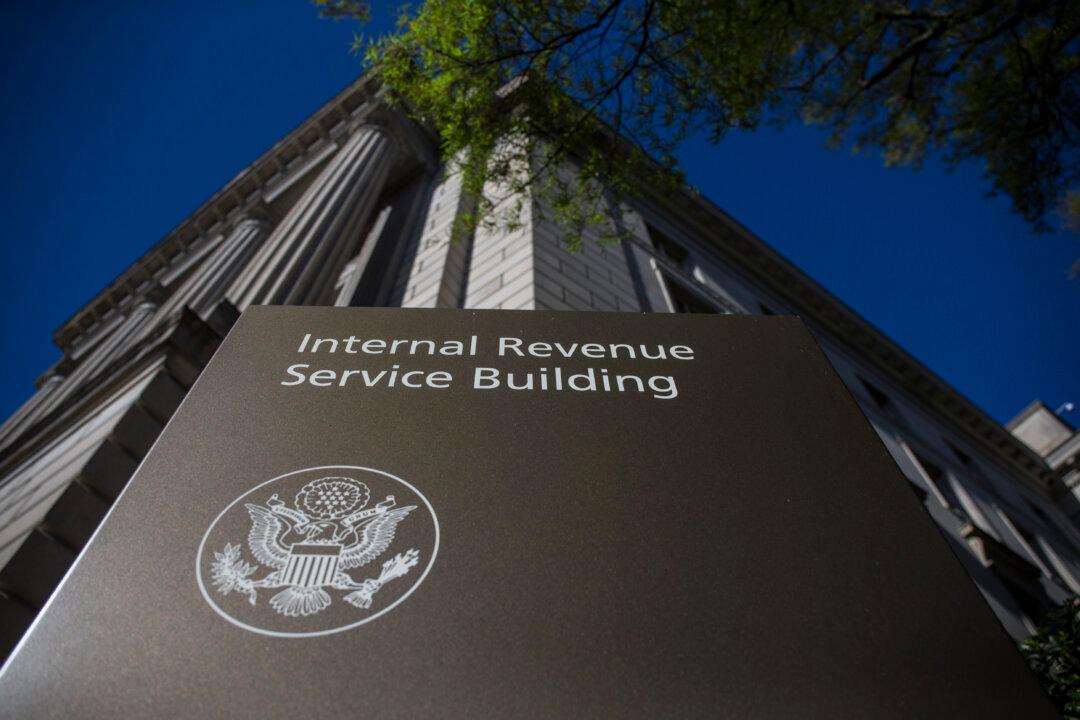Around 70 percent of the benefit from repealing the federal cap on state and local tax (SALT) deductions would go to households making $500,000 or more per year, while just 1 percent of the benefit would go to those earning $100,000 or less, according to a recent study from the Tax Policy Center.
Earlier in April, more than 30 bipartisan members of the House formed the SALT caucus to push for a repeal of the cap, with caucus members stating that the move would provide tax relief to “hard-working middle-class families.”





